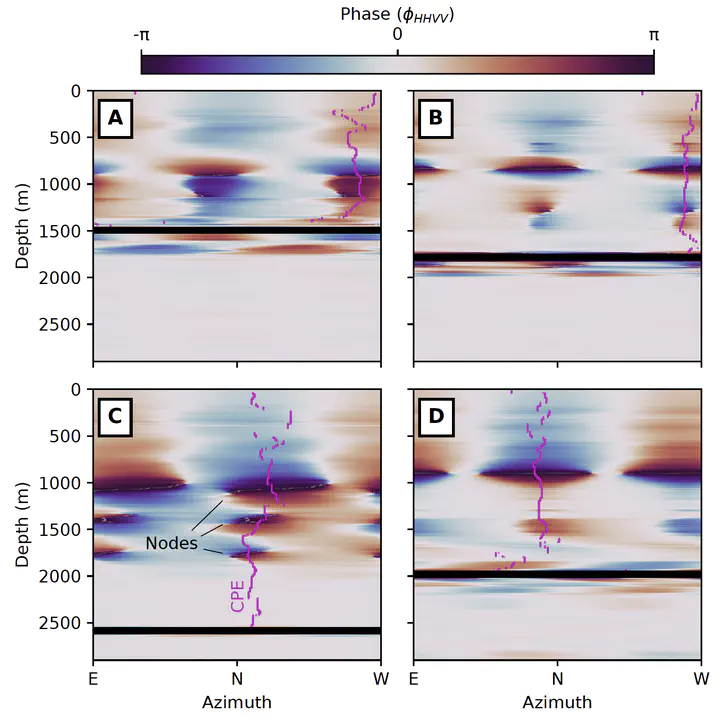Radar-derived crystal orientation fabric suggests dynamic stability at the summit of Hercules Dome during the last ice-sheet deglaciation

Abstract
Hercules Dome is a prospective ice-core site due to its location in the bottleneck between East and West Antarctica. If ice from the last interglacial period has been preserved there, it could provide critical insight into the history of the West Antarctic Ice Sheet. The likelihood of a continuous, well-resolved, easily interpretable climate record preserved in ice extracted from Hercules Dome depends in part on the persistence of the divide dynamics. Significant changes in ice drawdown on either side of the divide, towards the Ross or Ronne ice shelves, could change the relative thickness of layers and the deposition environment represented in the core. Here, we use ice-penetrating radar to survey the ice dynamics at Hercules Dome. Repeated radar acquisitions show that vertical velocities are consistent with the Raymond Effect expected at an ice divide with a frozen bed. Polarimetric radar acquisitions capture the ice crystal orientation fabric (COF) which develops over time as a result of cumulative strain, so it depends on both the pattern of ice flow and the time over which that flow has been consistent. We use a physical model to simulate the timescales for COF evolution, finding that the summit of Hercules Dome has been dynamically stable in its current configuration, at least during deglaciation over the last nine thousand years. The evident stability may result from a prominent bedrock ridge under the divide, which had not been previously surveyed and was therefore not represented in the bed geometry of coarsely resolved ice-sheet models.